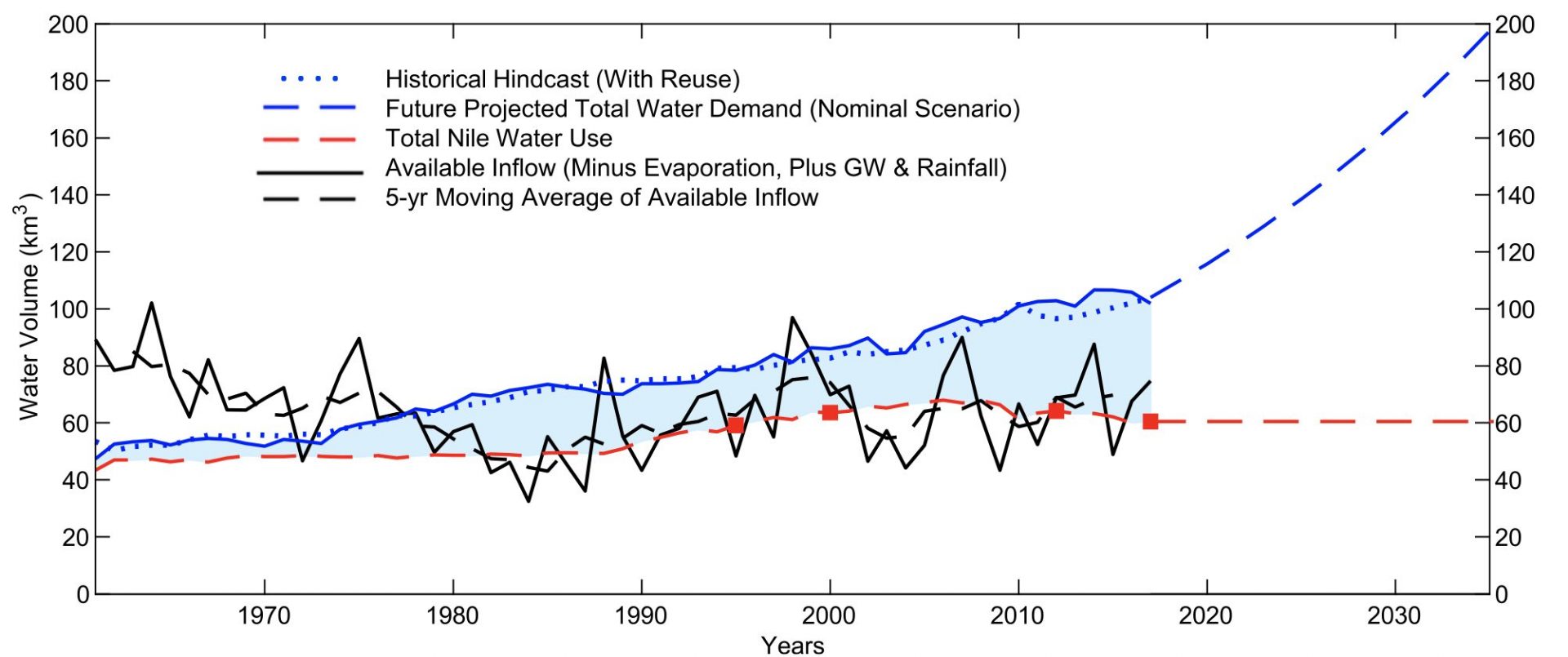A new approach to preventing human-induced earthquakes

Applied in the field, a new model reduced quakes from oil and gas processes; could help manage seismic events from carbon sequestration.
When humans pump large volumes of fluid into the ground, they can set off potentially damaging earthquakes, depending on the underlying geology. This has been the case in certain oil- and gas-producing regions, where wastewater, often mixed with oil, is disposed of by injecting it back into the ground — a process that has triggered sizable seismic events in recent years.
Now MIT researchers, working with an interdisciplinary team of scientists from industry and academia, have developed a method to manage such human-induced seismicity, and have demonstrated that the technique successfully reduced the number of earthquakes occurring in an active oil field.
Ruben Juanes, professor of civil and environmental engineering and co-author of the new study, notes that “One could build similar models for geologic carbon sequestration. We show it’s at least possible to manage seismicity in an operational setting. And we offer a blueprint for how to do it.”
Their results, appearing today in Nature, could help mitigate earthquakes caused by the oil and gas industry, not just from the injection of wastewater produced with oil, but also that produced from hydraulic fracturing, or “fracking.” The team’s approach could also help prevent quakes from other human activities, such as the filling of water reservoirs and aquifers, and the sequestration of carbon dioxide in deep geologic formations.
Read more on MIT News.
Share on Bluesky


